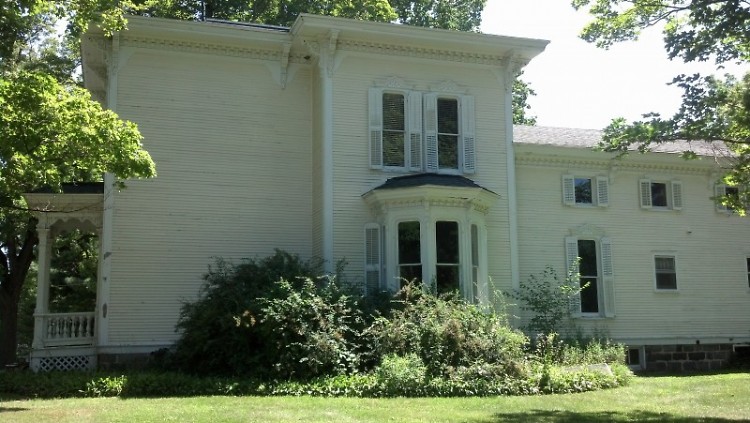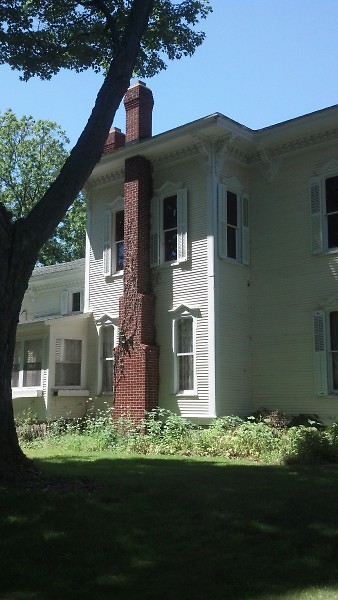August 20th marks the end of a moratorium on the demolition the 140 year old west side home that stands at 2500 Lake Michigan Drive. It is one of the oldest homes in Grand Rapids, which was incorporated into a city in 1850.
2500 Lake Michigan Drive was built in 1875 by architect Calvin Rodgers for Alfred and Harriet Gill and was constructed in the Italianate style. The home was sold to S. A. Sheldon and then to Reuben C. Dayton. The Kowroski family owned the house from 1954 to 2006 when it was sold to Covenant Village of the Great Lakes. It was only modified slightly over the years but maintained its original charm. The house was in no need of repair at the time of the sale. The family also claims that Covenant Village promised to reuse the home in some meaningful way at the time of purchase. There are few homes this old left in Grand Rapids and even fewer of the Italianate style. It has become an icon of the West Side.
Now Covenant Village plans on tearing it down to create a green space that will not be open to the public. The neighborhood already has a green space (Shawmut Hills Park) across Lake Michigan Drive. Covenant Village have been denied this permit twice before. When directly asked about this during a 2014 meeting with the city zoning board, the lawyer representing Covenant Village responded “I’m not sure if it was always the plan to purchase and demolish.”
They are looking to possibly expand but have no firm plans at this time. This would be consistent with how they expanded in the past. Another single family home property was purchased by Covenant and the home was torn down. At that time, it was promised to be left as a green space and then later they obtained permission to build a new group-housing unit. In response to the request to demolish the west side home the Grand Rapids City Commission put together a five member team to study the house. The study found that the home should be preserved because it’s "a fine example of Italianate residential architecture that has survived the transformation of its surroundings from farm land to city suburb." There is a petition, a GoFundMe, and a Facebook group aimed at preserving this historic home.
The Rapidian, a program of the 501(c)3 nonprofit Community Media Center, relies on the community’s support to help cover the cost of training reporters and publishing content.
We need your help.
If each of our readers and content creators who values this community platform help support its creation and maintenance, The Rapidian can continue to educate and facilitate a conversation around issues for years to come.
Please support The Rapidian and make a contribution today.


